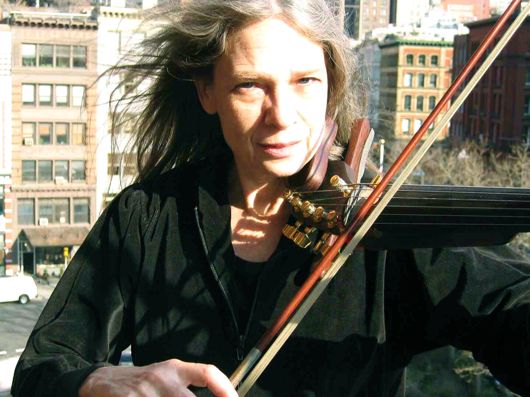
There’s an interesting interview with electronic music pioneer Laurie Spiegel over at Tokafi.
In it, she discusses her initial experience working with classic modular synthesizers:
The first time I saw a synth (side note – we didn’t like that word then because of “synthetic” implying false or artificial instead of real music made on real instruments), the first time I saw one, a Buchla modular in Mort Subotnick’s old studio over the Bleeker Street Cinema, it was a mind blow and I fell madly in love with it.
After starting to work with it I began hearing everything differently, music, traffic noise… It was a revelation. Of course that was unlike most of today’s “synths”, not being based on a keyboard model or such concepts as notes. That was an instrument meant for working with the nature of sound itself. When I tried to communicate my excitement to others usually it fell flat.
Spiegel goes on to comment on the emotional relationship that she developed with old-school synths:
It’s not just that those are physical instruments that you have a long history of physical contact with and that live with you in your home and are part of your emotional life, like a guitar or a fine old violin whose every scratch mark and wear pattern and physical sensation you know.
It’s that in the early days each electronic instrument was a unique custom system that you participated in designing or configuring. Or if not, as with the early more mass produced instruments I have such as the alphaSyntauri or McLeyvier, they are heavily customized and personalized, and by modern standards few were made and far fewer still survive.
